by Jessica Schulz
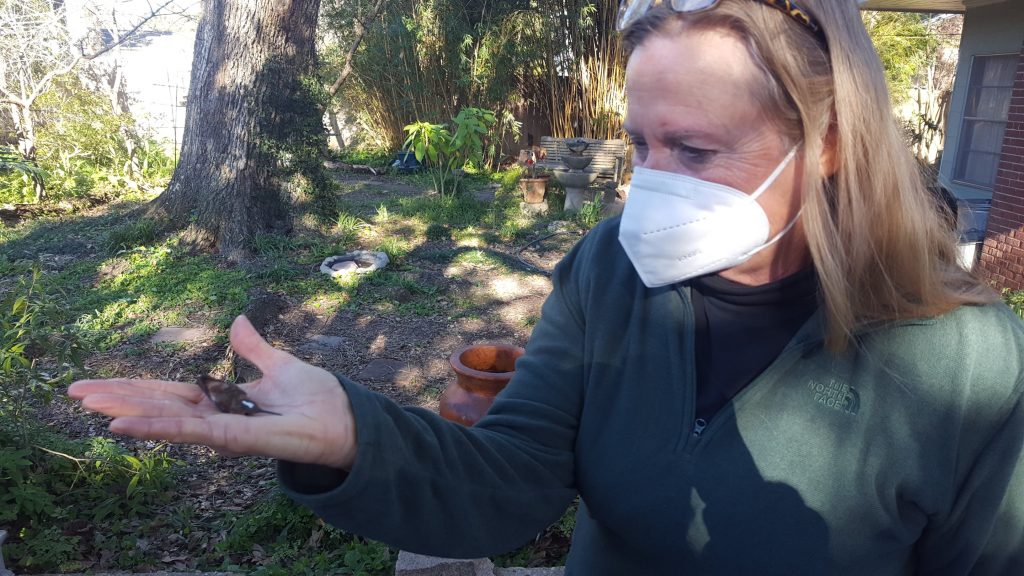
The COVID-19 pandemic has caused dramatic upheaval in all of our lives over the past 18 months, and bird monitoring has been no exception. Conversations with colleagues across the Gulf have revealed wide-ranging effects on our ability to collect data and collaborate with others. We conducted a brief survey of bird monitoring practitioners in the Gulf of Mexico to find out more about how the pandemic has impacted monitoring efforts along the Gulf Coast. The survey was sent to 41 professionals who lead/oversee one or more active monitoring program(s) along the Gulf Coast and we received 21 responses.
The majority (95%) of participants said their bird monitoring efforts were affected by the pandemic in 2020. The top two categories most affected were data collection (reported by 95% of participants) and travel related to field activities, meetings, conferences, etc (91%). Other areas impacted included personnel (e.g., hiring/staffing; 33%), data management and/or analysis (19%), data reporting/dissemination/publication (14%) and funding (e.g., ability to apply, receive, spend, etc; 14%).
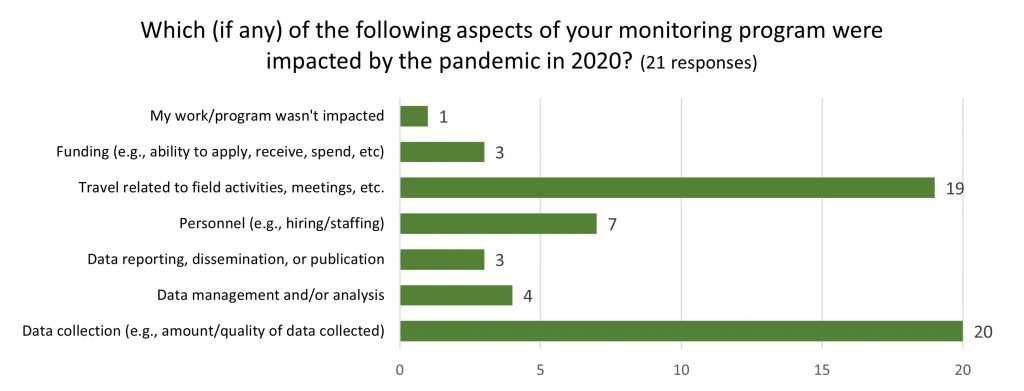
Monitoring practitioners have faced a great deal of uncertainty over the last 18 months. Across the board, many were challenged by rapidly changing guidance that affected their day-to-day operations, budgets, staffing, and more. Many have transitioned to working from home. Multiple participants reported being unable to hire seasonal field staff or recruit volunteers, which affected the amount (and sometimes consistency) of data that could be collected.
Travel restrictions presented a major challenge to surveyors. Participants who monitor grassland birds, waterfowl, doves, and many other taxa reported that they were unable to implement monitoring plans in part or in whole as a result. Many participants who monitor beach-nesting birds were unable to collect data during peak nesting periods for species like Least Tern, Wilson’s Plover, and Snowy Plover. Access to nesting areas was limited by beach closures as well as social distancing guidelines that prevented travel by vehicle/boat. Permission to access closed beaches was eventually granted by local officials in some localities, but many practitioners were forced to sit out the busiest, most critical part of the nesting season.
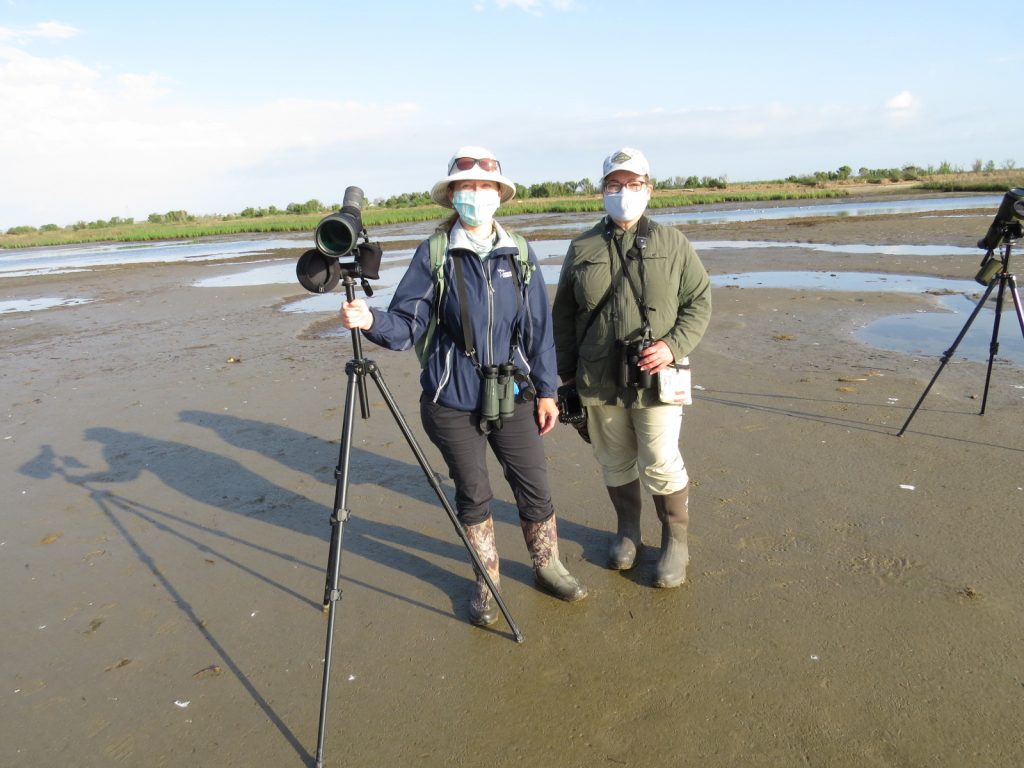
Significant gaps in monitoring data can have implications at multiple scales. Closures and access issues can result in artificially low population estimates, especially for species that tend to concentrate at key sites. Sue Heath of the Gulf Coast Bird Observatory in Texas wrote: “We monitor a large Black Skimmer colony that is inside a chemical plant. Because of covid we are no longer allowed in the site so we are unable to monitor this colony this year. This colony is one of the most productive on the entire Texas coast so not having data for this season will impact Black Skimmer counts for the entire state.”
The North American Breeding Bird Survey (BBS), an international monitoring effort jointly led by agencies in the U.S., Canada, and Mexico, employs thousands of volunteers across the three countries to collect data about breeding bird abundance annually in June. The program boasts over 50 years of data, which, thanks to standardized collection methods, led to the important finding that over 3 billion birds have been lost in North America since the 1970s (cite). The BBS was canceled in 2020 due to COVID-related safety concerns and access restrictions, but fortunately resumed this year at similar capacity to previous years.
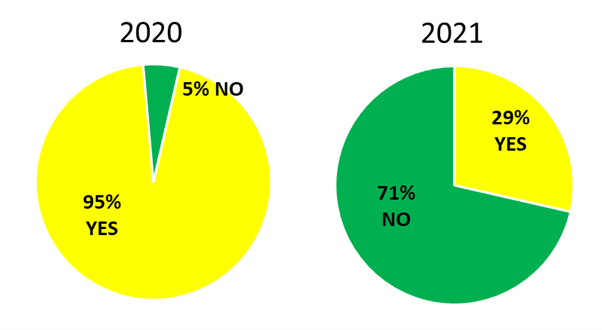
Data gaps for game species can have particularly serious implications. The Western Gulf Coast Mottled Duck Breeding Population Survey, which provides population estimates for the species in Texas and Louisiana, was unable to collect data in both years of the pandemic. Similarly, the Waterfowl Breeding Population and Habitat Survey, an annual cooperative effort between Canada and the United States used to set harvest limits, was cancelled in 2020 and again in 2021. Larry Reynolds (Louisiana Department of Wildlife and Fisheries) explains: “Because waterfowl are an internationally-shared resource with extensive recreational harvest, the impacts of cancelled aerial breeding surveys and banding programs were far-reaching when setting harvest regulations, which is a significant part of my program. Harvest strategies driven by population models requiring population estimates from aerial surveys, and survival and harvest rate estimates from banding programs, were severely compromised and were adjusted using alternative methods that necessarily infused additional, but unknown, levels of variation into our decision process.”
Despite the setbacks, news from the monitoring world was not all bad. A year after COVID-19 hit the Gulf coast, only 29% of survey participants report that it is still affecting their monitoring efforts. Many Gulf coast monitoring professionals have drawn on their years of experience with natural disasters and other periods of upheaval and uncertainty. Agencies vary in their flexibility and ability to respond to changing guidance, but our collective toolbox now includes vaccines, as well as a year of research and experience.
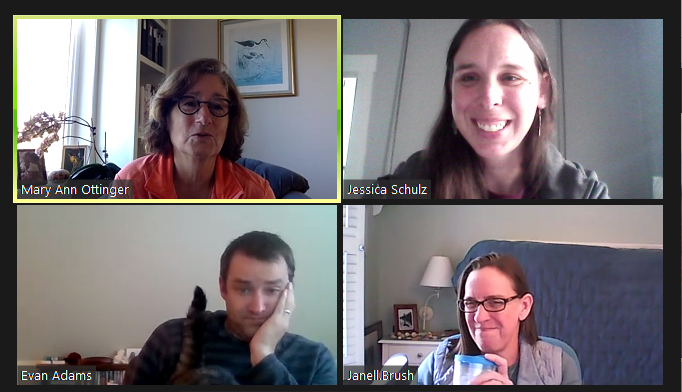
Some survey participants reported they were able to reallocate travel funding that they could not spend due to travel restrictions. Others leveraged existing relationships with other departments and agencies to maximize consistency in data collection. Janell Brush with the Florida Fish and Wildlife Commission provided this statement: “Florida Shorebird Alliance partners adopted creative monitoring approaches to overcome the challenges that accompanied the 2020 breeding season. With enhanced collaboration, FSA partners prioritized health and human safety while still achieving remarkable monitoring coverage… Although fewer partners were able to monitor regularly throughout the season, FSA partners monitored more shorebird nests and seabird colonies than ever before. This is a testament to the collaborative approach that enabled partners to identify potential gaps and address them at key points in the breeding season.”
Resilience is a part of life on the Gulf coast. The bird monitoring community of practice has seen its share of major challenges over the decades, and now it can add “global pandemic” to that list. If the Deepwater Horizon oil spill of 2010 can teach us anything about what to expect from ourselves in the aftermath of a major crisis, perhaps it is this: as chaotic and damaging as this experience has been, we can also bet that lessons are being learned, relationships forged, skills honed, and capacities leveraged for the collective good. GoMAMN’s mission is as relevant now as it was in the aftermath of the oil spill, and monitoring practitioners’ continued efforts to connect and build partnerships will bolster our collective resilience to future crises.
